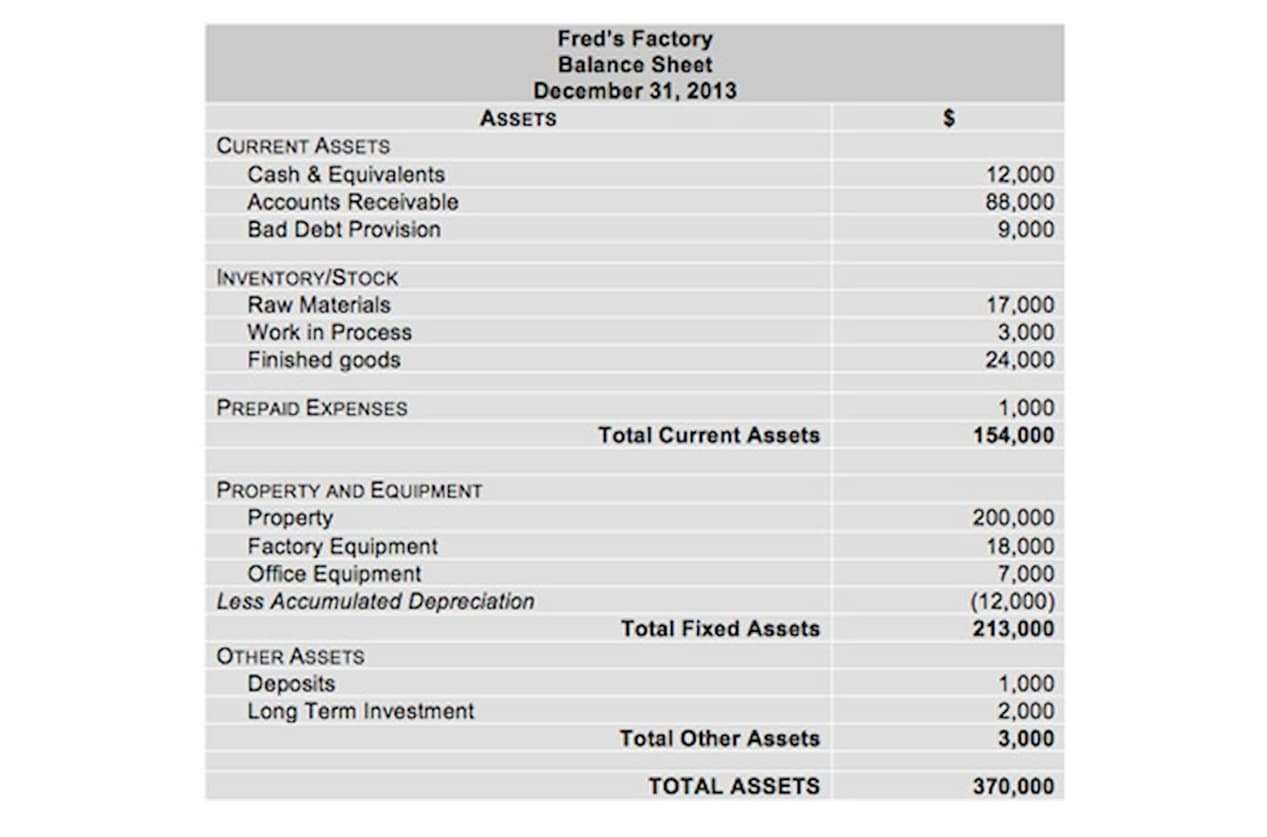
If you’re stuck, try looking at similar projects that have been completed in the past to see what type of impact they had. CBA attempts to measure the positive or negative consequences of a project. A similar approach is used in the environmental analysis of total economic value.
Popular CBA Tools and their Features
Include the basics, but also do a bit of thinking outside the box to come up with any unforeseen costs that could impact the initiative in both the short and long term. In some cases geography could play a role in determining feasibility of a project or initiative. If geographically dispersed stakeholders or groups will be affected by the decision being analyzed, make sure to build that into the framework upfront, to avoid surprises down the road. Conversely, if the scope of the project or initiative may scale beyond the intended geographic parameters, that should be taken into consideration as well.
Key Highlights

Mutually exclusive choices require the forfeit of one or more other options. Based upon these results, you will now be able to make a clear recommendation, grounded in realistic data projections. Some ways to ensure your data is reliable are to use credible sources, cross-verify data, consult experts and update data regularly. A manufacturing company faces new environmental regulations requiring significant changes in its processes. We accept payments via credit card, wire transfer, Western Union, and (when available) bank loan.
CBA under US administrations
It is the ratio of the PV of benefits to the related costs, with a value exceeding 1 denoting net rewards. When deciding between different investment options, this method favours the project with the highest BCR. Follow up by computing the net present values by subtracting the present value of cash outflows (costs) from cash inflows (benefits).
Transportation investment

This is an essential tool for businesses to make informed decisions by comparing the costs of a project or decision against the benefits. This is usually expressed in monetary terms and involves calculating the net benefit or net cost. Understanding the concept of cost benefit analysis is really important, as it helps in determining the feasibility and worth of a project or decision. Controversial AspectsWhen thinking about the most controversial aspects of cost benefit analysis, all paths seem to lead to intangibles. Concepts and things that are difficult to quantify, such as human life, brand equity, the environment, and customer loyalty can be difficult to map directly to costs or value.
- It serves as a framework for evaluating the desirability of an action by comparing total benefits against total costs.
- Consult with other stakeholders to determine the value you will assign to intangible benefits, such as maintaining employee satisfaction, ensuring employees’ health and safety, or strengthening your company’s position with distributors.
- Some applications require sub-percent polarimetric sensitivity and accuracy in determining the Stokes parameters, which can be a challenge to attain.
- NATA was first applied to national road schemes in the 1998 Roads Review, and was subsequently rolled out to all transport modes.
- Many CBA models also factor opportunity cost into the decision-making process.
- For one, it’s typically more difficult to make accurate predictions the further into the future you go.

The first step in a cost-benefit analysis is understanding the current situation, identifying goals, and establishing a framework to define the project scope. For example, the purpose might be “to decide whether to expand to increase market share” or “to evaluate the benefits of overhauling the company website.” Indirect costs can sometimes be challenging to allocate accurately to specific projects, requiring careful consideration in the CBA.
- A cost benefit analysis (CBA) is a comparison of your organization’s costs and benefits.
- This might require some digging into market rates, historical data, or expert forecasts, but it’s worth the effort to get the most accurate picture possible.
- Now, the costs and benefits of the project could be accurately analyzed, and an informed decision could be made.
- Once all cash flows are calculated, the cash flows are then discounted at the opportunity cost, usually WACC, or some other hurdle rate, to obtain the NPV of an action.
- To help you get started, we’ll cover the 3 most basic cost benefit analysis methodologies.
Given the project’s duration, firms must determine reasonable discount rates, which can then be applied to costs and benefits to estimate their present values. Sensitivity analysis can also be used to analyse the impact of different discount rates on these cash flow projections. Cost-benefit analysis (CBA) is a process performed by individuals, governments and businesses when the main goal of using a cost benefit analysis is to reach a considering a course of action or proposed project. It serves as a framework for evaluating the desirability of an action by comparing total benefits against total costs. If the expected net benefits outweigh the expected costs, then it makes sense to undertake the action. If the opposite is true (costs outweigh the benefits), then the action would not be undertaken.
Best Practices for Using CBA Software
There are enormous economic benefits to running these kinds of analyses before making significant organizational decisions. By doing analyses, you can parse out critical information, such as your organization’s value chain or a project’s ROI. Keep in mind that a cost-benefit analysis balances the cost of an action against its potential benefits.
If not, the business reviews the project to see if adjustments can be made to increase benefits or decrease costs to make it viable. Polarization imaging can yield crucial information in multiple applications of remote sensing, such as characterization of clouds, aerosols, and the Aurora Borealis. Some applications require sub-percent polarimetric sensitivity and accuracy in determining the Stokes parameters, which can be a challenge to attain. In 2018, Sony released a low-cost CMOS-based imaging chip with integrated micro-polarizer array for general polarization measurements.
